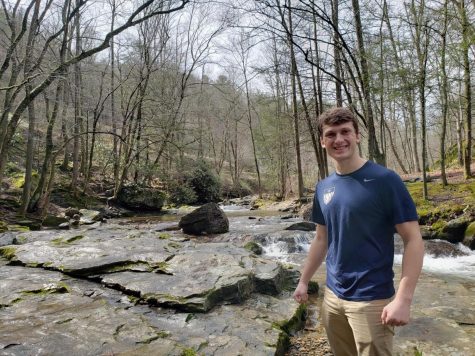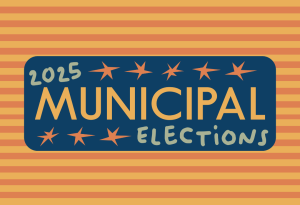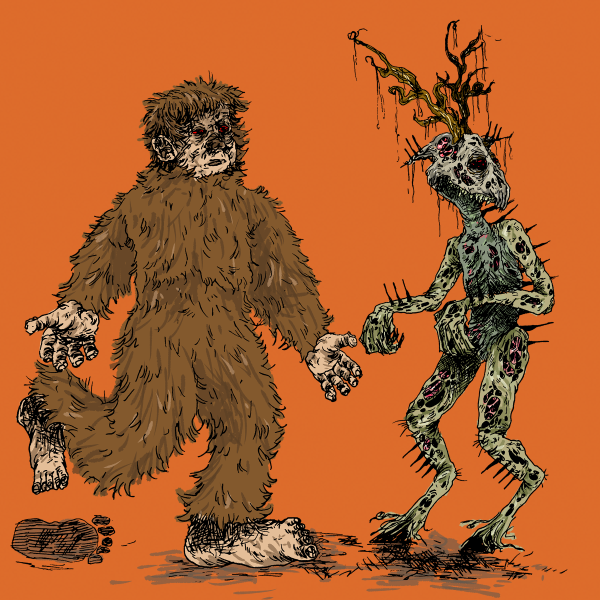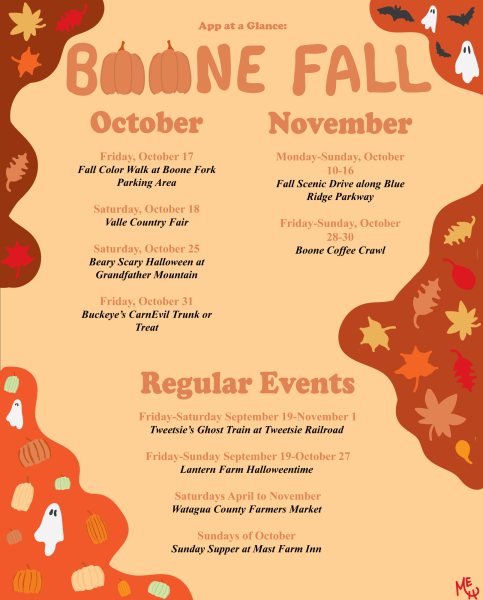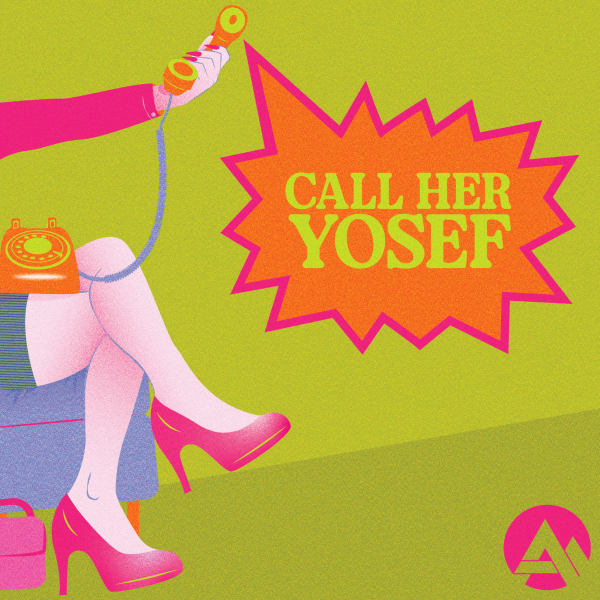Caleb’s Concepts: Be it resolved human nature is violent
September 11, 2020
Be it resolved, human nature is violent. Violence is everywhere in 2020. From police killings to partisan extremism violence is unavoidable. No matter what, violence follows humans everywhere because that’s how we are wired. Prehistoric humans drove animals extinct in Eurasia and the Americas are currently spearheading a sixth mass extinction. Yet, this trait is not uniquely human. Our closest living relatives, the chimpanzees, also overhunt. Between 1975 to 2009, chimpanzee hunts resulted in the red colobus monkey population declining by 89%. Yet, humans and chimps don’t hurt other species, but members of our own.
History is filled with death, violence and destruction. However, evidence suggests human violence is a recent phenomenon because neolithic and paleolithic groups coexisted peacefully. However, murderous humans conquered these people and established new systems. How could this happen? Evolution through natural selection proposed in “On the Origin of Species” by Charles Darwin. Cultures that successfully conquered other groups valued strength. People that exhibited these traits passed their genes to the next generation, reducing the instance of passive traits. Even peaceful societies are not exempt from using violence. Moral psychologist Jonathan Haidt argues in “Righteous Mind” that peaceful societies can use violence to maintain peace. People that do not adhere to group values are removed and are not able to pass on their genes.
Violence among group members is known as intragroup aggression, however, humans also commit violent acts against other groups. In World War II alone, 85 million people died and tragically intergroup violence did not stop there.Some researchers argue it is the scarcity of resources that causes violence. When your group is pressured into survival and needs resources, it is forced to do the unthinkable to survive.
In one study, Muzafer Sherif studied the behavior of 12-year-old boys to determine their response. The boys shared demographics and were divided into two rival groups. Sherif organized “competitions” for the two groups to participate in, which resulted in overt prejudice from one group to another. As the competitions progressed, prejudice grew worse. One group ransacked the other group’s cabin, stealing valuables, while the other group burned their opposition’s flag. Soon, violence ensued and the researchers had to stop the two groups from getting physical. At the end of the study, researchers asked the group of boys to give a post evaluation of their experience. The boys listed positive traits for their group, while negative traits for the other. Because neither group was starved and resorted to unethical behavior towards other groups, they reject the theory that groups are violent when resources are scarce.
Sherif’s findings are consistent with behaviors observed in our simian friends, the chimpanzee and bonobo. Primatologist Jane Goodall discovered a period known as the Gombe Chimpanzee War where two groups of once-friendly chimps split and began viciously attacking each other. Bonobos, our other closely related cousin, also display intergroup aggression. Researchers found that social cohesion increases within the troops when attacking other groups. However, not all primates violently resolve disputes. Orangutans and gorillas usually resolve disputes peacefully, namely to prevent permanent damage since the strength of those apes makes confrontation lethal. However, humans and chimpanzees share more similarities genetically and culturally, meaning inter and intragroup violence is not uniquely human. What is interesting is the closer a primate is to a human, the more violent it becomes.
Still not convinced violence is innate? Look at our hands. Researchers found that a fist is more effective for maximizing pain than a palm strike. One could argue that fists also enable us to hunt and gather more efficiently by being able to grip a tool or pick more food. However, having an open palm shouldn’t prohibit you from scooping berries off the ground. This means that a fist’s only other function could be to use tools more effectively. What were tools used for? Hunting. What is hunting? Killing. Therefore, our ability to make fists makes us better killers, and through sexual selection humans that could form a closed fist passed on their genes to subsequent generations.
While there are cultures that frown upon violence and practice pacifism, these cultures are kept intact through removing people that don’t adhere to these norms. Thus, they are not actually peaceful towards difference. Yes, there are pacifist human groups, such as the Enga in Papua New Guinea. These groups will avoid direct confrontation and flee versus fight. Yet, they are often smaller and are not indicative of humans as a whole since most groups use violence to maintain cohesion.. Furthermore, peaceful groups are at a disadvantage when compared to aggressive groups because those groups have no qualms about violence.
Human imperfection is not a new concept. North African philosopher Saint Augustine wrote about it in ancient Rome. In his masterpiece, “The City of God,” Augustine coins the phrase peccatum originalis or original sin. Augustine argued that our nature is flawed because we rebelled against goodness’ true form. No matter what we do or what we try, we will fail to have peace because our nature is flawed. Humans are wired to put group survival first and that means removing anything that challenges group survival.


